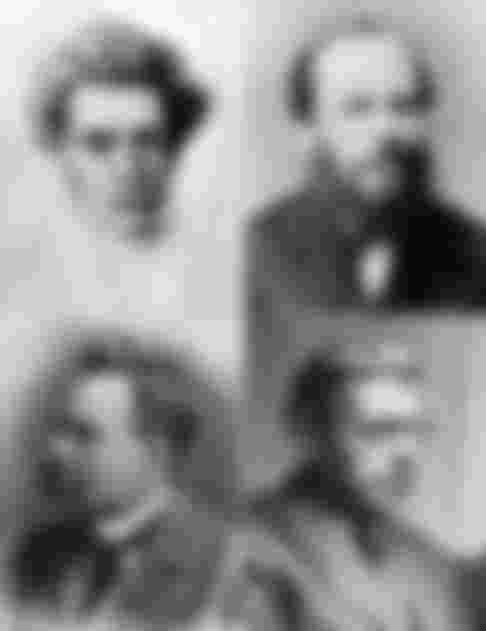Title: Life is a Dream:
Life is a dream and life is not permanent.life is a temporary things.
1) Introduction:
Life Is a Dream is a Spanish-language play by Pedro Calderón de la Barca.

Life is a dream. This profound statement encapsulates the complex and often enigmatic nature of human existence. From the moment we are born to the day we take our final breath, we embark on a journey filled with experiences, emotions, and challenges that often seem dreamlike in their unpredictability and surrealism. In this article, we will explore the metaphorical concept that life is akin to a dream, delving into its philosophical, existential, and practical implications.
2)The Philosophy of Life as a Dream:

The notion that life is a dream has deep roots in philosophy, dating back to ancient civilizations. One of the earliest expressions of this idea can be found in Plato's famous allegory of the cave. In this allegory, Plato suggests that humans are like prisoners in a cave, perceiving only the shadows of reality on the cave wall. The true reality, according to Plato, exists beyond our sensory perceptions and is akin to a dream.
Similarly, the Eastern philosophies of Buddhism and Hinduism propose that the material world is an illusion, known as "Maya" in Hinduism. These philosophies teach that true enlightenment comes from transcending the illusion of worldly existence and recognizing the dreamlike nature of reality.
3)Existential Perspective:

Existentialism, a philosophical movement of the 20th century, also touches upon the idea that life is a dream. Existentialists like Jean-Paul Sartre and Albert Camus grappled with the absurdity of existence. They argued that life lacks inherent meaning, and individuals must create their own purpose in a world that often feels surreal and disconnected. In this existential view, life's dreamlike quality emerges from the inherent ambiguity and freedom of human existence.
4)The Ephemeral Nature of Experience:

Life's dreamlike quality becomes apparent when we contemplate the fleeting nature of our experiences and emotions. Just as dreams are ephemeral and can vanish upon waking, so too can the moments and feelings we cherish. The laughter of a loved one, the beauty of a sunset, the thrill of success—all these experiences are transient, leaving us with a sense of longing and nostalgia.
5)Challenges and Growth:

In the dream of life, we encounter challenges and obstacles that test our resilience and character. These trials often feel surreal, like hurdles in a fantastical dream. However, it is through overcoming these challenges that we grow, learn, and evolve. The dreamlike quality of life compels us to confront the unknown and emerge stronger and wiser.
6)Embracing the Dream:

While life's dreamlike nature can be disorienting and unsettling, it also invites us to embrace the beauty of existence. Just as we savor the vivid and surreal landscapes of our dreams, we can find meaning and wonder in the moments that unfold in our waking life. By recognizing the dreamlike quality of life, we can cultivate gratitude, mindfulness, and a deeper appreciation for the present moment.
7) Conclusions:

Life is a dream—a profound metaphor that resonates through the annals of philosophy and human experience. From Plato's allegorical cave to the existential musings of the 20th century, the concept of life as a dream challenges us to question the nature of reality and find meaning in the ephemeral. By embracing the dream of life, we can navigate its surreal landscapes with grace, curiosity, and a profound sense of wonder, cherishing each moment as it unfolds on this remarkable.








